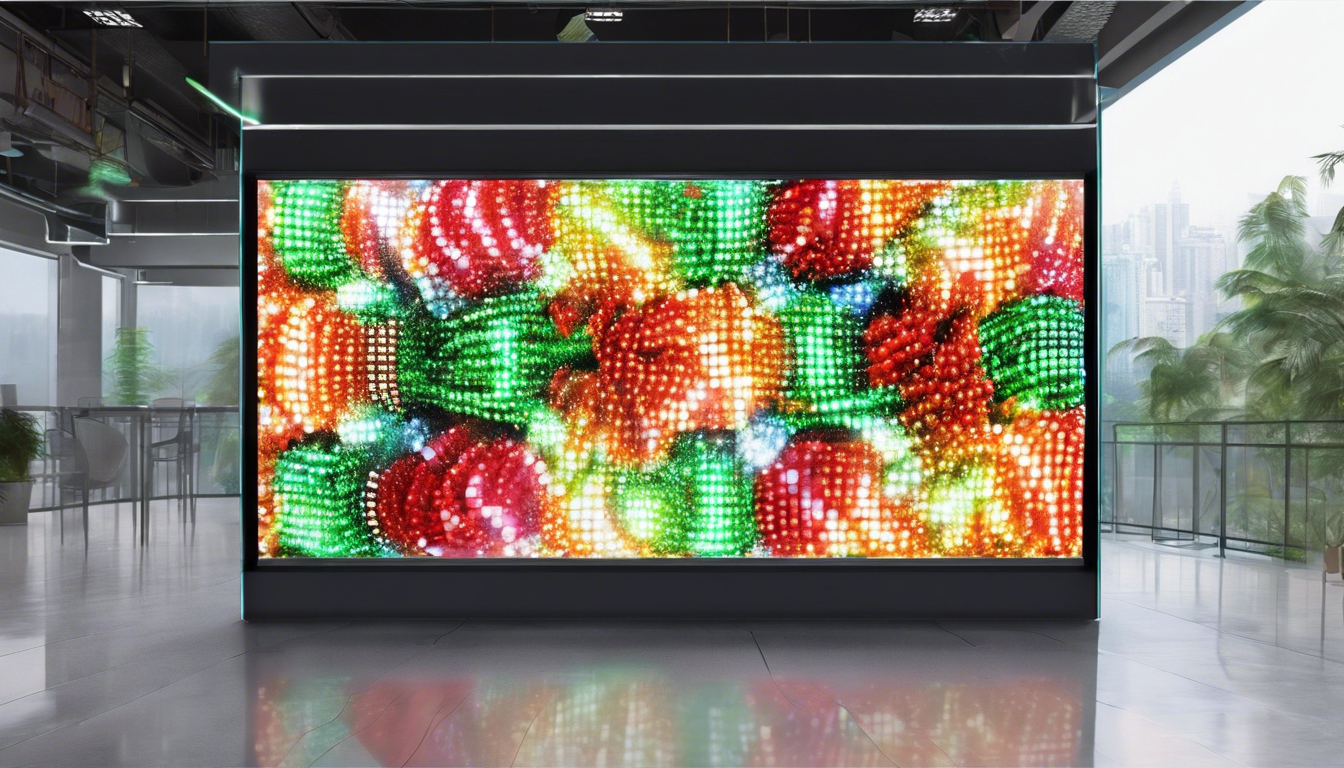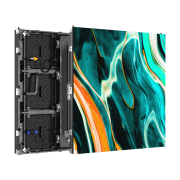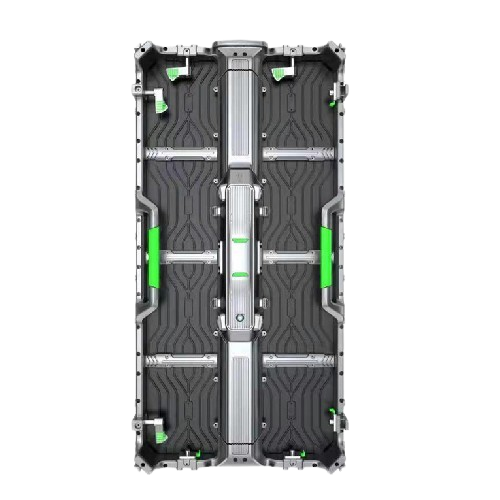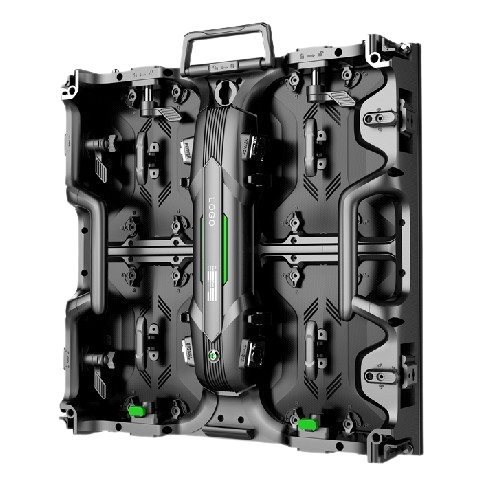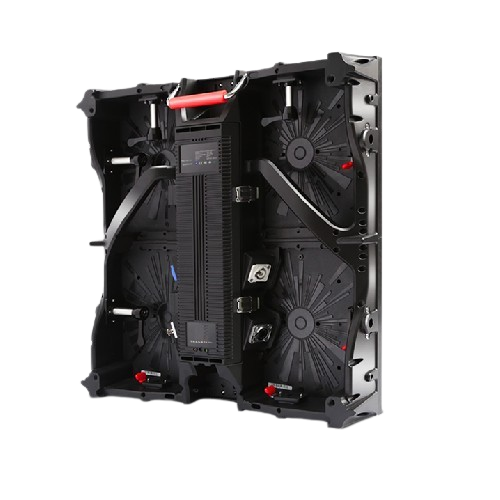The Ultimate Guide to Glass LED Display Screen Manufacture
Introduction to Glass LED Display Screens
In today’s rapidly evolving technology landscape, Glass LED display screens have emerged as a revolutionary innovation. These sleek, transparent displays combine stunning visuals with functional transparency, making them ideal for various applications ranging from retail stores to corporate settings. The manufacturing process of these high-tech displays is both intricate and fascinating, providing insights into how modern technology continues to push boundaries.
What is a Glass LED Display Screen?
A Glass LED display screen is a cutting-edge digital signage solution that uses light-emitting diodes (LEDs) integrated into glass panels. These displays are transparent, allowing them to blend seamlessly into their surroundings while offering vibrant, high-resolution images. The combination of aesthetics and functionality makes them ideal for various applications, including advertising, decoration, and interactive displays.
Understanding the Technology Behind Glass LED Displays
The core technology behind glass LED display screens involves embedding tiny LED lights within layers of glass. This structure allows the display to offer high levels of brightness and sharpness while maintaining transparency. The LEDs are arranged in a grid pattern, and each one can be individually controlled to create dynamic and vibrant images.
The Applications of Glass LED Display Screens
Glass LED display screens have a broad range of applications due to their unique combination of transparency and high display quality. Some common uses include:
- Retail Displays: These screens can be used in store windows to attract customers with eye-catching advertisements without obstructing the view of the store interior.
- Corporate Settings: In offices, glass LED screens can be used for dynamic presentations, enhancing meetings and conferences.
- Architectural Integration: These screens can be integrated into building facades for impressive light shows and information displays while maintaining the building’s aesthetic appeal.
- Public Advertising: Transparent screens can be used in bus stops, subways, and other public spaces to display ads and information in a visually appealing manner.
- Events and Exhibitions: They can be used for creating immersive experiences in trade shows and exhibitions by displaying interactive content.
The Manufacturing Process of Glass LED Display Screens
Creating glass LED display screens involves several key steps. The process is complex, requiring precision and advanced technology to ensure the quality and functionality of the final product. Here’s a detailed look at each stage of the manufacturing process:
1. Material Selection
The first step in manufacturing glass LED display screens is selecting the appropriate materials. High-quality glass with the right optical properties is essential to ensure clarity and durability. The choice of LEDs also plays a crucial role, as they need to deliver high brightness and color accuracy while being small enough to maintain transparency.
2. Cutting and Shaping the Glass
The glass panels are cut and shaped according to the desired dimensions of the display. This process uses advanced cutting equipment to ensure precision and minimize material waste. The edges of the glass are often treated to prevent chipping and improve safety.
3. Embedding the LEDs
Embedding the LEDs into the glass is a critical part of the manufacturing process. This step involves creating tiny grooves or channels in the glass where the LEDs can be placed. Advanced machinery is used to ensure the LEDs are precisely positioned and securely embedded within the glass layers.
4. Electrical Connections
Once the LEDs are embedded, they need to be connected to the power and control circuitry. Tiny conductive pathways are created within the glass to carry electrical signals to the LEDs. This step requires extreme precision to ensure reliable performance without affecting the transparency of the display.
5. Assembly and Testing
After the LEDs are embedded and connected, the glass panels are assembled into the final display configuration. This stage involves mounting the glass panels onto a supportive frame, along with the necessary control and power modules. The assembled display is then rigorously tested to ensure all LEDs function correctly and the display meets quality standards.
6. Software Integration
To fully utilize the capabilities of the glass LED display, it is integrated with software that allows for content management and control. This software enables users to upload, schedule, and interact with the content displayed on the screen, making it a versatile tool for various applications.
Quality Control in Glass LED Display Screen Manufacture
Ensuring the quality of glass LED display screens is paramount, as these products need to deliver consistent performance and visual appeal. Quality control measures typically include:
- Visual Inspection: Checking for any defects in the glass surface and LED placement.
- Electrical Testing: Verifying that all LEDs function correctly and there are no electrical issues.
- Durability Testing: Subjecting the display to environmental tests such as temperature variations, humidity, and mechanical stress to ensure robustness.
- Performance Testing: Assessing the display’s brightness, color accuracy, and transparency to ensure it meets the desired specifications.
Advantages of Glass LED Display Screens
Glass LED display screens offer numerous benefits that make them an attractive choice for various applications:
- Transparency: The ability to see through the display allows for innovative architectural and decorative uses.
- High Brightness: LED technology provides bright and vivid images, even in well-lit environments.
- Energy Efficiency: LEDs are highly energy-efficient, making these displays an eco-friendly option.
- Durability: The robust construction of glass LED displays ensures long-lasting performance.
- Versatility: These displays can be customized to various sizes and shapes, fitting different needs and settings.
- Interactive Capabilities: Integrated touch functionality can turn these displays into interactive surfaces for engaging user experiences.
Future Trends in Glass LED Display Manufacture
The field of glass LED display manufacturing is continuously evolving, with several trends poised to shape its future:
- Improved Transparency: Advances in material science and LED technology will likely lead to even higher levels of transparency, making these displays virtually invisible when turned off.
- Higher Resolution: As LED technology improves, glass LED screens will offer higher resolutions, providing even more detailed and sharp images.
- Flexible and Curved Displays: Research into flexible glass and LEDs could make it possible to create curved and adaptable displays, opening up new design possibilities.
- Enhanced Interactivity: Future developments may integrate more advanced touch and gesture control capabilities, enhancing the interactive potential of these displays.
- Sustainability: Focus on eco-friendly manufacturing processes and materials will likely increase, making glass LED displays more sustainable.
Conclusion
Glass LED display screens represent a remarkable fusion of technology and design, providing versatile solutions for various applications. From their intricate manufacturing process to their wide range of benefits, these displays are set to play an increasingly significant role in the future of digital signage and interactive media. By staying at the forefront of technological advancements, manufacturers can continue to push the boundaries of what’s possible with glass LED display screens.

